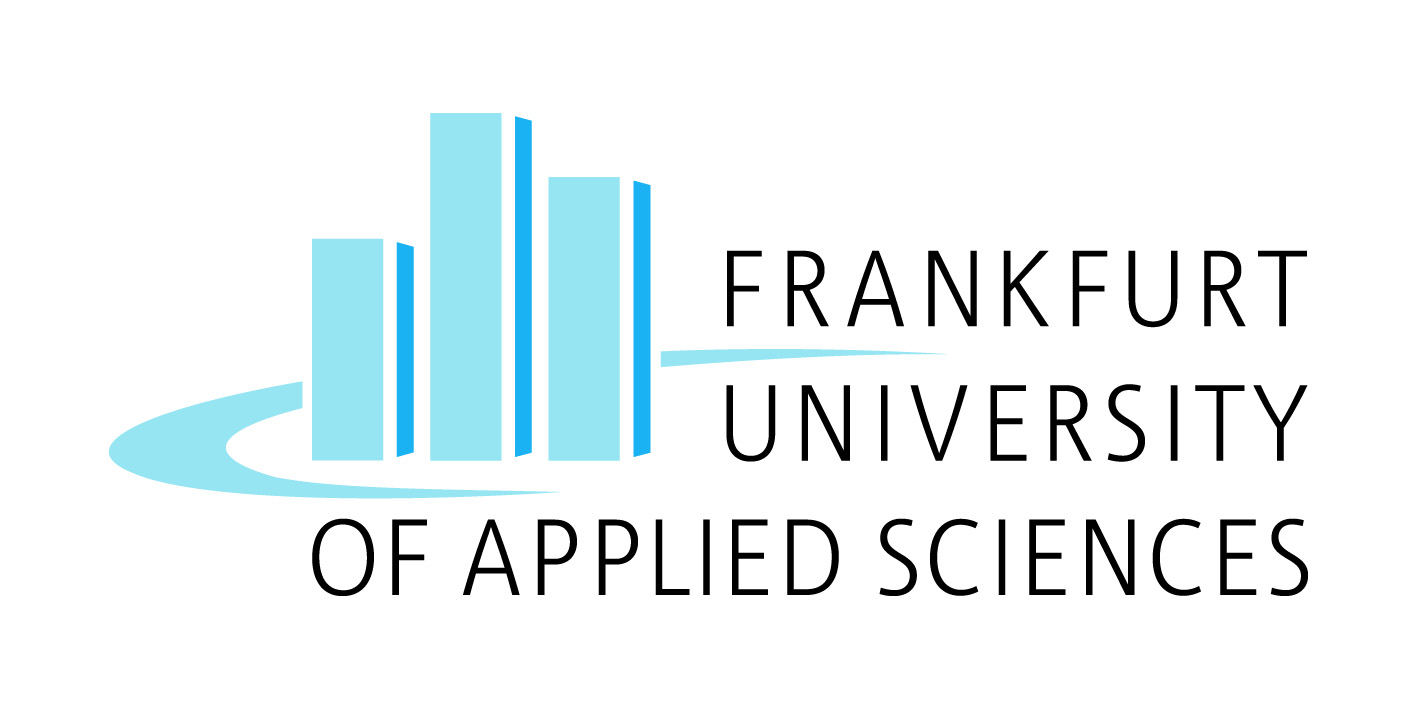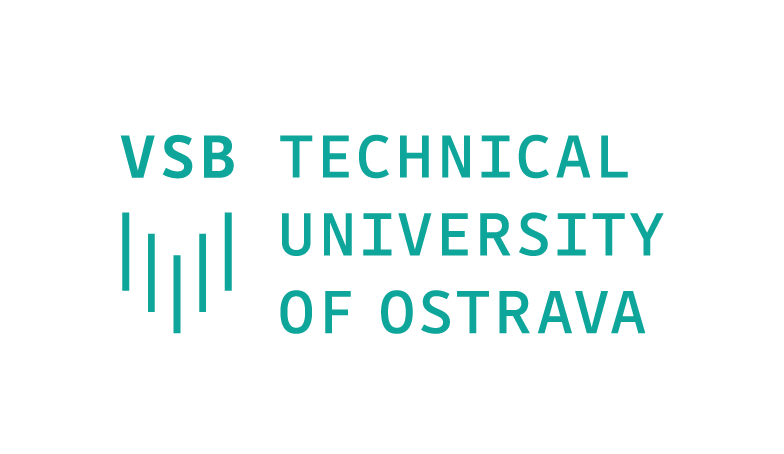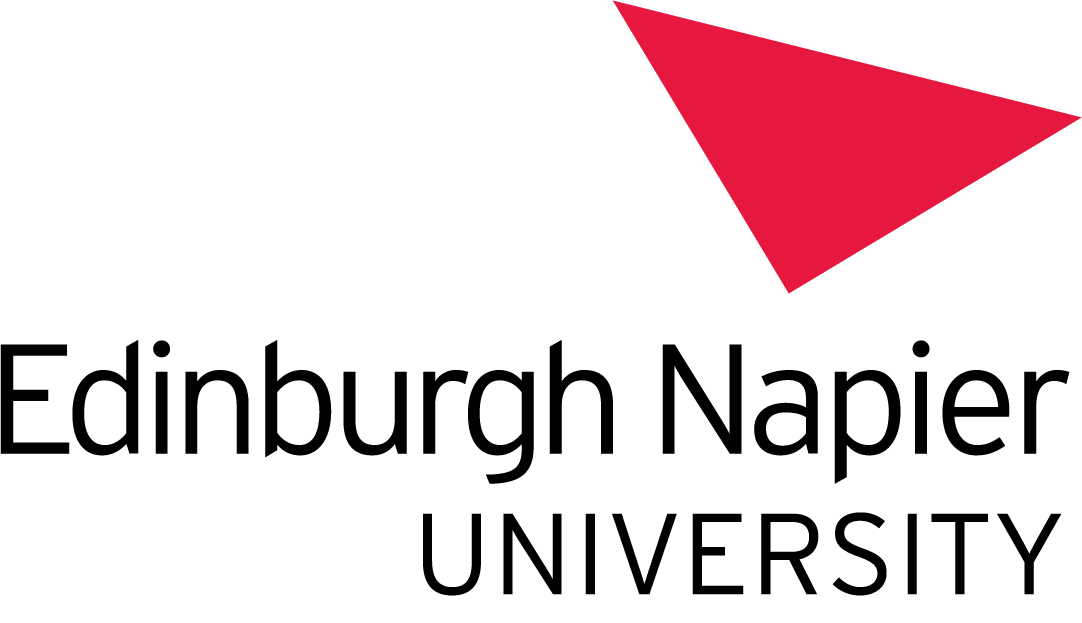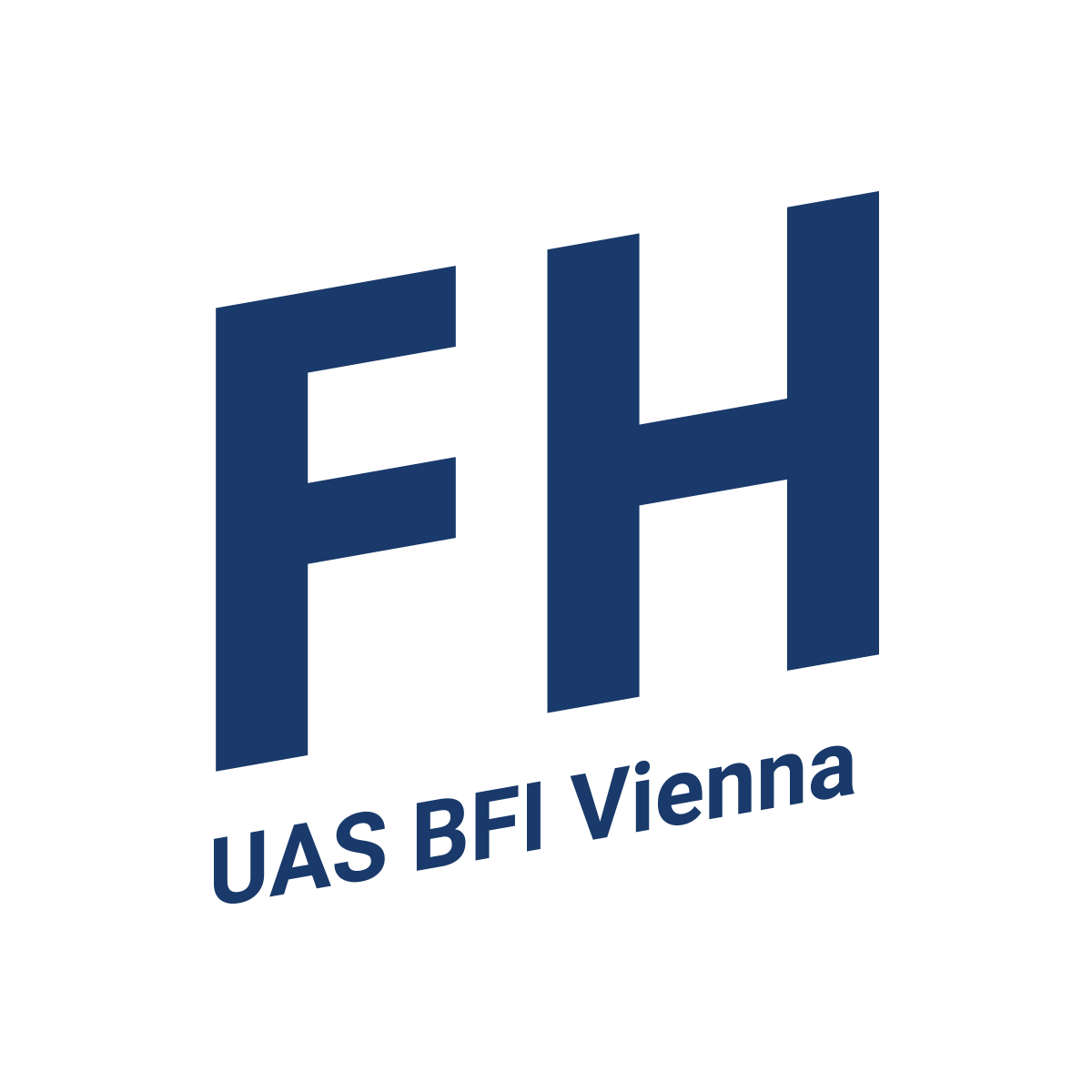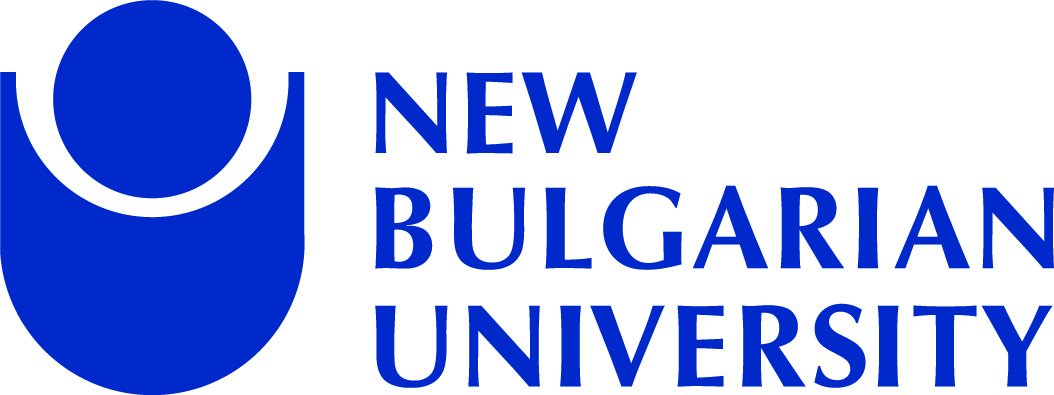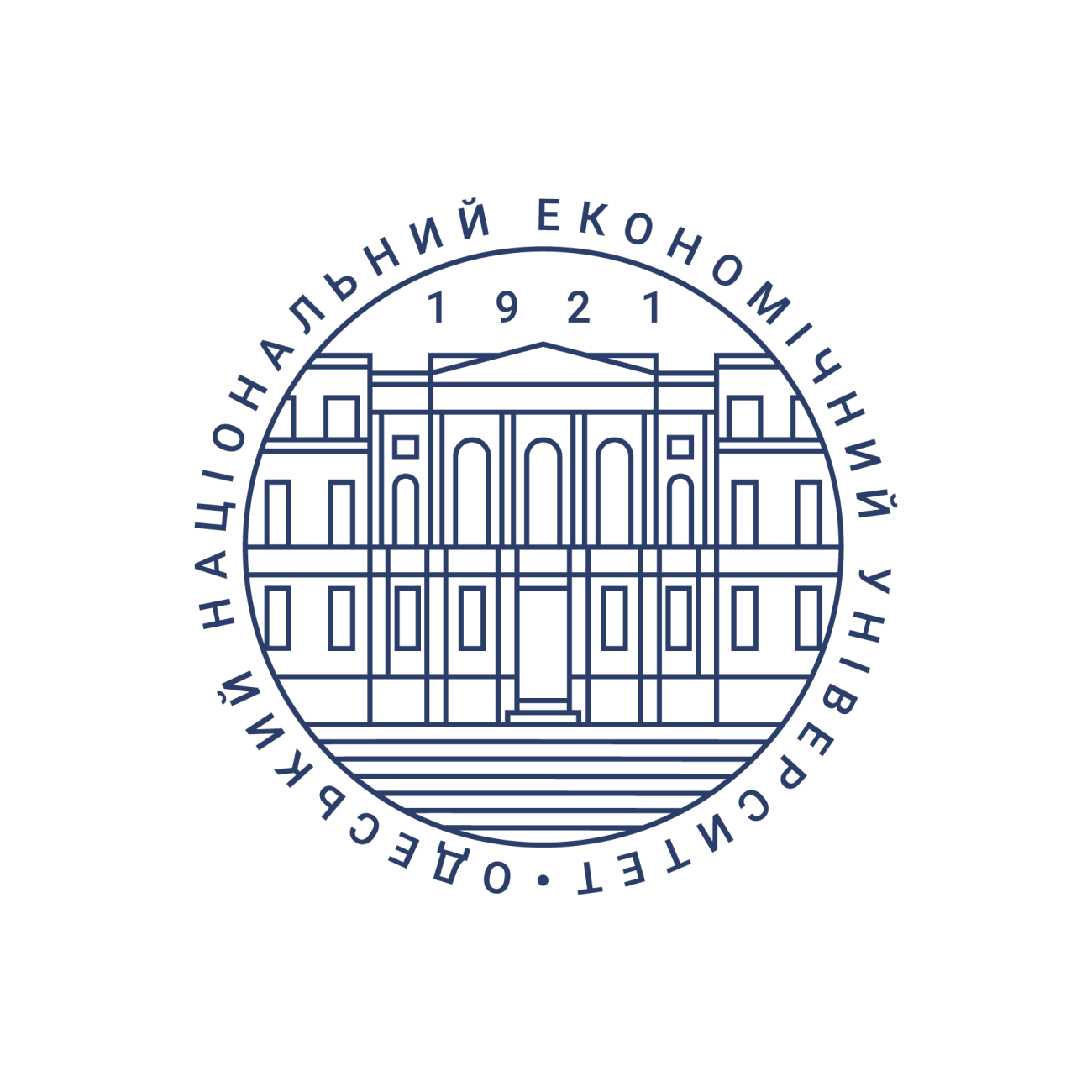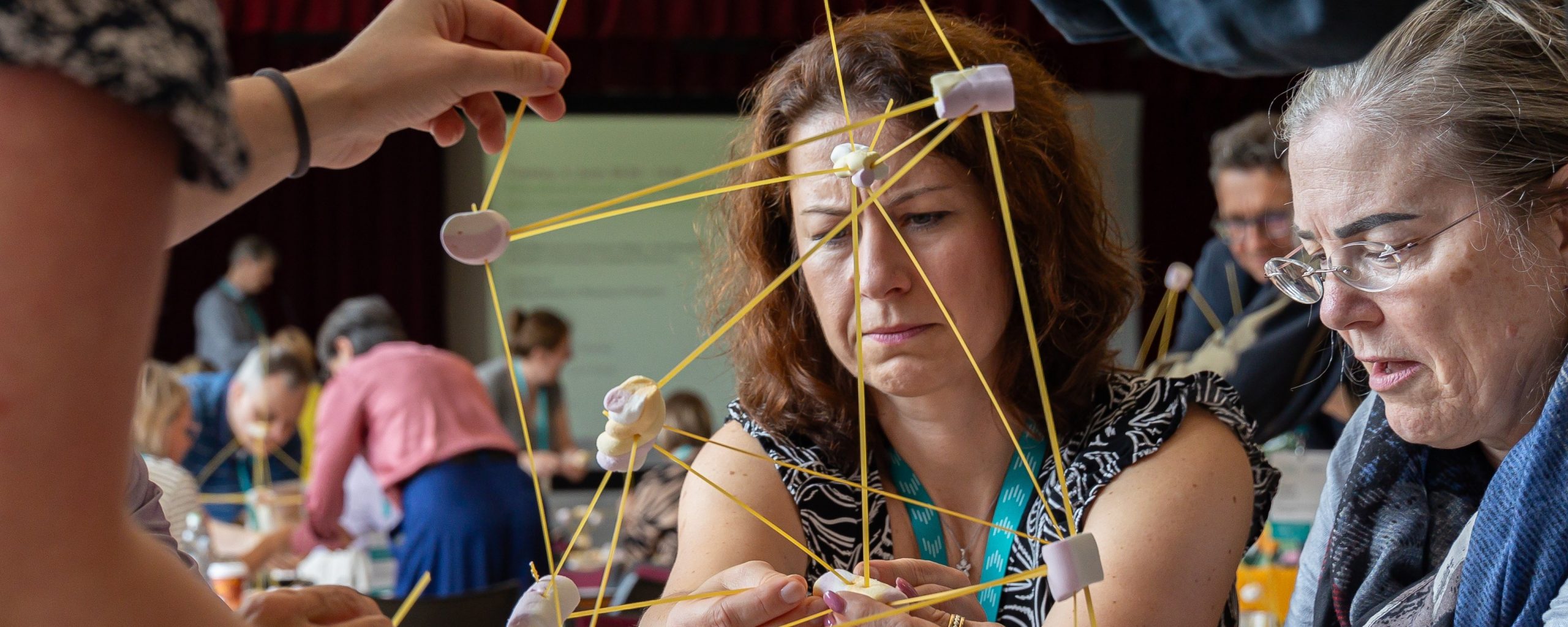
EduBase: Creating Offers
Discover how to create offers and go forward in U!REKA education
COILs, BIPs and Co.
U!REKA education entails the challenge of co-creating materials and activities for teachers and students located in different countries, with different academic calendars, grading systems, social and cultural contexts.
Step by step, we offer you an overview and guidelines for different tastes and need: short-term projects and mobilities such as Collaborative Online International Learning (COIL), Blended Intensive Programme (BIP), excursions and long-term endeavors such as common courses, collaborative micro credentials, joint and double degrees and study programs.
Educational Formats
Overview
We translate our educational vision into different educational formats. Their shared values across all formats are a focus on sustainability (smart, green and transversal skills), a process of co-creation together with students, staff, and stakeholders, as well as their European and global orientation.
Collaborative Programs
Joint minors, double degrees, and joint degrees co-created by U!REKA partner institutions to equip students for international careers and leadership in Europe’s transition towards greener, smarter and more social environments.
Target: 2 Joint Minors, 3 Double Degrees, 1 Joint Degree (on BA and MA level)
Key Features
- Co-developed curriculum and shared teaching
- Multilingual and multicultural learning
- Short-term and long-term mobility options
- International final thesis projects
Real-World Learning
- Team projects on global issues
- Work with NGOs and cities
- Hackathons and foreign-language modules
Quality Assurance & Support
- European Degree framework alignment
- Mentorship across partner universities
- External and internal quality assurance
Open Courses
Existing high-quality university courses (both local and online) are made accessible across the U!REKA network – for both enrolled (U!REKA) students and lifelong learners to broaden access to international learning and foster collaboration across borders.
Key Features
- 50+ courses opened in the network
- Delivered in English or multilingual formats
- Easy enrolment and credit recognition
- Online, blended, or hybrid formats
- Flexible structure for diverse learners
International Learning
- Joint online seminars, collaborative assignments
- Peer projects and virtual final presentations
- COIL Projects
- Guest lectures and Erasmus+ Blended Intensive Programmes (BIPs)
Sustainability & Real-World Relevance
- Projects tailored to community or industry needs
- A focus on sustainable impact and reflection
Quality Assurance
- Shared guidance criteria, peer review, and student feedback
- Reviewed by the U!REKA Quality & Sustainability Task Force
Collaborative Micro-Credentials
Short (and medium length), flexible learning units co-developed by two or more U!REKA universities, focused on Green Transition, Digital Transition, and Transversal Skills to support lifelong learning and upskilling with modular and combinable, cross-border learning opportunities.
Who can participate?
- U!REKA students and students at other universities (for credit or as electives)
- Staff members
- Non-traditional learners, life-long learners, professionals, and all citizens
Key Features
- 1–59 ECTS (typically 1–5)
- International content, challenge-based learning
- Jointly developed and recognized across U!REKA
- Designed for modular integration or standalone use
- Open to external stakeholders (citizens, NGOs, companies, public institutions)
Blended Intensive Programs (BIPs)
Short, high-impact courses combining virtual collaboration and short-term physical mobility. They are designed to foster international cooperation, innovation, and inclusion, particularly for students and staff with fewer opportunities for long-term mobility. BIPs typically involve at least three higher education institutions from different Erasmus+ program countries and aim to develop key competences through interdisciplinary and challenge-based approaches.
Why?
To offer inclusive international experiences, even for students with limited mobility options. BIPs provide a low-risk, flexible way for alliance partners to experiment with co-teaching, joint modules, or microcredentials, paving the way for deeper collaboration and potential joint degree programs in the future. By bringing students and staff together physically and virtually, BIPs create intensive spaces for academic exchange, helping to build trust, institutional alignment, and shared educational practices across the alliance.
Collaborative Online International Learning (COIL)
Digitally enabled, team-taught modules connecting classrooms across borders for shared learning. COIL integrates intercultural and interdisciplinary learning into the curriculum by using online platforms for joint discussions, teamwork, and reflection. COIL promotes intercultural competence and mutual understanding without requiring physical mobility, making international experiences more accessible and inclusive.
Why?
To build intercultural collaboration and global competencies through accessible digital learning and foster internationalization at home. COIL enables international and intercultural learning experiences directly within regular courses, making it easier to embed global perspectives into curricula across the alliance without requiring travel or major structural changes. It also promotes essential 21st-century skills, such as cross-cultural communication, digital collaboration, and problem-solving in diverse teams – competences that are increasingly valuable for both students and staff in a globalised world.
Insights
Spot on for our most relevant formats: Find here central characteristics, strengths and pitfalls of BIPs and COILs as they are often used within our universities.
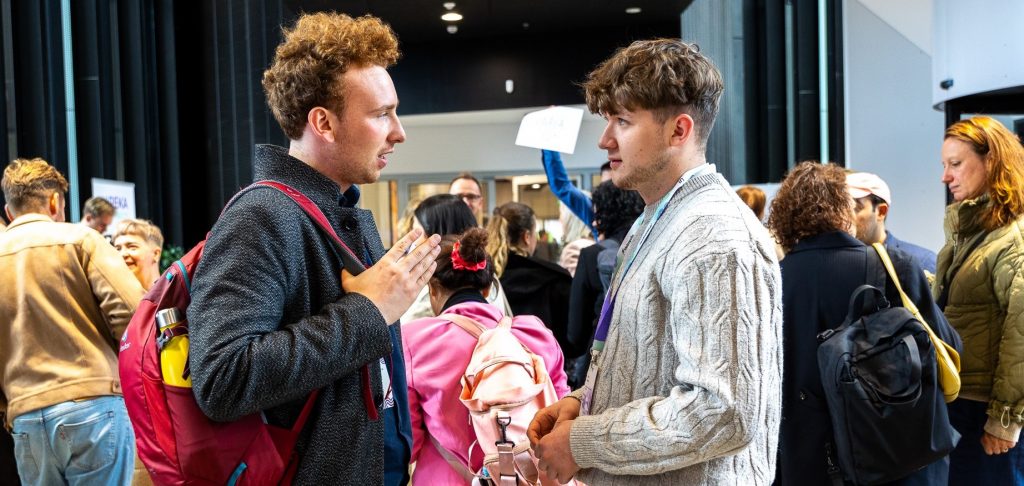
How to COIL?
A COIL project is an educational initiative that integrates online collaboration between students and lecturers from institutions in different countries or cultural contexts. The primary goal is to create intercultural and interdisciplinary learning opportunities that are embedded within academic coursework. COIL emphasizes active, project-based engagement, leveraging digital tools to overcome geographical and logistical barriers.
Read more
Typically, students work together on shared tasks or projects that align with course objectives while drawing on their diverse cultural and academic perspectives. COIL can be applied across disciplines, fostering a global outlook and intercultural competence alongside discipline-specific learning.
Characteristics
Intercultural Collaboration:
-
- Students from different cultural or national backgrounds engage in meaningful exchanges, promoting mutual understanding and the development of intercultural competence.
- Lecturers co-design and co-teach modules, blending diverse academic approaches and cultural insights.
Technology-Enhanced Learning:
-
- COIL relies on digital tools and platforms (e.g., Zoom, Google Workspace, MS Teams or Padlet) to facilitate communication, content sharing, and collaboration.
- Both synchronous (real-time) and asynchronous (flexible timing) formats are utilized to accommodate time zone differences and accessibility needs.
Experiential Learning:
-
- Students actively engage in creating solutions, analyzing case studies, or developing shared outputs, making the learning process hands-on and relevant.
- The emphasis is on learning through doing, reflecting, and adapting within an intercultural framework.
Embedded Reflection:
-
- Reflection is integral, enabling students to process intercultural experiences and assess their learning progress.
- Reflection tasks often focus on cultural differences, team dynamics, and the broader implications of collaboration.
Strengths
Intercultural Competence Development:
-
- Students develop key skills such as cultural awareness, communication across differences, and adaptability, which are crucial for global citizenship and employability.
Accessible Global Learning:
-
- Unlike traditional study-abroad programs, COIL is cost-effective and accessible, allowing participation regardless of financial or geographical constraints.
- It democratizes internationalization, making global experiences available to more diverse student populations.
Interdisciplinary and Collaborative Learning:
-
- COIL encourages interdisciplinary approaches, exposing students to different academic traditions and methodologies.
- Collaboration across cultures nurtures teamwork, creativity, and problem-solving abilities.
Customization and Scalability:
-
- COIL can be tailored to fit course-specific learning objectives and scaled to include multiple institutions or teams.
Conclusion
COILs, despite their challenges, provide transformative learning experiences that prepare students for global engagement and interdisciplinary problem-solving. Addressing the challenges through thoughtful design, robust support systems, and reflective practices enhances the impact and sustainability of COIL initiatives.
How to BIP?
The Erasmus initiative BIP offers short, collaborative, and interdisciplinary learning experiences. It combines virtuals sessions with an intensive on-site period to foster international cooperation and intercultural exchange among students and university staff.
Read more
Characteristics and Requirements
- Blended Format: A combination of virtual activities between students and a short-term physical mobility period lasting 5 to 30 days.
- Interdisciplinary Approach: Programs can integrate multiple disciplines, encouraging diverse perspectives and problem-solving.
- Collaboration Across Institutions: Designed and implemented by a minimum of three higher education institutions from different Erasmus program countries.
- Focus on Digital Skills and Intercultural Competence: BIPs emphasize developing digital proficiency, teamwork, and intercultural awareness.
- Inclusive and Accessible: They aim to increase participation among students who might face barriers to long-term mobility, such as financial or personal constraints.
Advantages
- Enhanced Accessibility: Combines the benefits of virtual learning with short-term physical mobility, making international experiences more inclusive.
- Cost-Effectiveness: Reduced travel and accommodation costs compared to traditional long-term exchanges.
- Flexible Learning: Participants benefit from online preparation and follow-up, allowing deeper engagement with course content.
- Interdisciplinary Learning Opportunities: Students and staff collaborate across disciplines, enhancing creativity and innovation.
- Scalable Internationalization: Institutions can engage a broader range of students and staff in international activities, expanding the reach of Erasmus programs.
Challenges
- Coordination and Collaboration: Organizing a blended program across multiple institutions requires robust planning and alignment of goals, schedules, and teaching approaches.
- Technology and Digital Literacy: Uneven access to technology or digital skills among participants may pose challenges during virtual components.
- Engagement During Virtual Phases: Maintaining motivation and active participation in online sessions can be difficult without effective facilitation and intentional design for collaboration.
- Short Physical Mobility Period: Limited time on-site may constrain opportunities for deeper intercultural immersion and relationship-building.
Starting or joining a BIP
As a U!REKA teacher, if you would like to organize a BIP or have received an invite to join a BIP organized by another partner university, the first step is usually to contact your International Relations Office. This is important in order to confirm the availability of Erasmus+ BIP organizational support and/or outgoing student/staff mobility funding.
To facilitate the process, it is suggested to have defined and agreed beforehand at least the following aspects:
- description of the project
- participating institutions
- learning outcomes
- length
It is advisable to include an additional partner (apart from the three partners that need to be involved according to Erasmus rules) to secure the BIP in case one partner must drop out on short notice.
Additional resources and suggested reading:
- Different scenarios and forms of mobility from the point of view of International Relations Office: Blended mobility implementation guide for Erasmus+ higher education mobility KA131 – Publications Office of the EU
- Requirements and composition from the point of view of pedagogical development and applicant/organizing team: Higher Education Mobility Handbook – Erasmus+ & European Solidarity Corps guides – EC Public Wiki, Section 2.2 “Blended Intensive Programmes”
Inclusive COIL Programs
Inclusive COIL ensures that participation is equitable, accessible, and meaningful for all students, regardless of their socioeconomic status, physical abilities, learning styles, or cultural backgrounds. It acknowledges diversity and seeks to create an environment where participants can fully engage and contribute.
Read more
Characteristics
- Equitable Access: Providing the necessary resources, tools, and support to ensure all participants can engage meaningfully.
- Cultural Responsiveness: Acknowledging and valuing diverse cultural perspectives and guaranteeing that tasks and interactions are culturally sensitive and inclusive.
- Universal Design for Learning (UDL): Incorporating flexibility in content delivery, task formats, and assessment methods to accommodate diverse needs.
- Facilitative Teaching: Lecturers act as facilitators to encourage equal participation and address power imbalances or biases within student interactions.
Ensuring Inclusivity and Accessibility
- Provide Training and Orientation: Offer training sessions for lecturers and students on intercultural communication, digital tools, and inclusive practices.
- Select Accessible Technology: Use platforms and tools that are user-friendly, available across devices, and compatible with assistive technologies (e.g. screen readers).
- Flexible Scheduling: Design synchronous activities with time zone differences in mind and supplement them with asynchronous options that allow for translation and other modes of support.
- Encourage Multimodal Participation: Allow students to engage through various formats, such as video, text, voice notes, or visual content, accommodating different preferences and abilities.
- Facilitate Intercultural Awareness: Integrate activities that foster cultural understanding and promote open dialogue about differences and commonalities.
Main Challenges
- Digital Divide: Students may face unequal access to technology, reliable internet, or appropriate devices.
- Language Barriers: Differences in language proficiency can hinder communication and confidence.
- Cultural Differences: Varied communication styles, academic norms, and power dynamics can lead to misunderstandings.
- Implicit Bias and Stereotypes: Preconceived notions about others may affect collaboration dynamics.
- Physical and Cognitive Accessibility: Materials and tools may not cater to students with disabilities.
Countering Challenges
Address the Digital Divide:
- Use low-bandwidth tools and asynchronous methods to accommodate varying internet access.
- Offer financial or institutional support for students needing hardware or software.
Facilitate Language Inclusivity:
- Use plain, clear language.
- Provide subtitles, transcripts, or translation tools for greater accessibility.
Promote Open and Respectful Dialogue:
- Set norms for respectful interaction and train students in intercultural communication skills.
Apply Universal Design Principles:
- Ensure all content is accessible (e.g., alt text for images, captions for videos).
- Offer multiple formats for materials and deliverables.
Examples of Inclusive Approaches, Practices, Technology, or Designs
- Collaborative Tools:
Use platforms like Miro or Padlet that support visual, text, and voice-based contributions, allowing students to choose how they engage. - Cultural Exchange Activities:
Start the collaboration with activities such as cultural storytelling or shared playlists where students contribute in ways that resonate with their backgrounds and comfort levels. - Adaptive Assessment Methods:
Design assessments that offer students the flexibility to demonstrate their learning in different formats, such as videos, infographics, or essays, based on their strengths and resources.
Inclusive COIL ensures that international collaboration becomes a transformative learning experience for everyone, fostering a global community that values diversity, equity, and shared growth.


